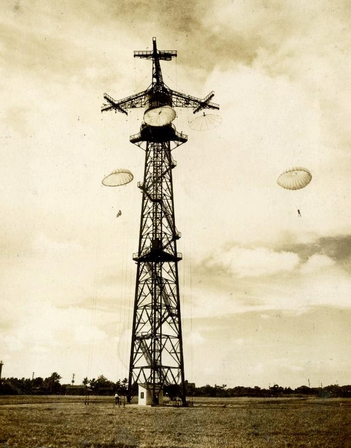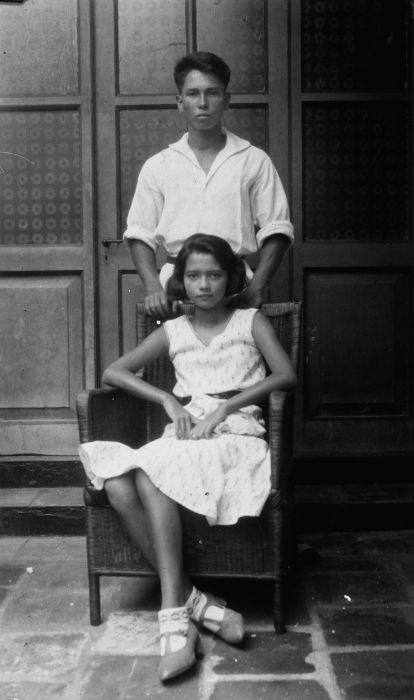1941, Monday 21 April;
KNIL Army HQ, Bandung, conference room, and they had been there for most of the day, excepting a light lunch. Lt Gen Gerardus Berenschot, Commander in Chief, Dutch East Indies, sat at the head of the table. To his right sat Maj Gen Hein ter Poorten, his Chief of Staff, newly promoted Maj Gen Johan Uhl, Inspector of Infantry, and planning staff officer Col Rudolph Bakkers. To his left sat another newly promoted, Maj Gen Wijbrandus Schilling, CO of the I Div & West Territorial Command KNIL, Maj Gen Pierre Cox, CO of the II Div & Central Java KNIL, and lastly Maj Gen Gustav Ilgen, CO of the III Div and East Java KNIL.
They had been reviewing and discussing the ongoing modernisation of the Army, from a purely lightly armed, static, internal security force to creating fully equipped, motorised, combined arms units, capable of being deployed anywhere within the Dutch East Indies. The task was huge, the need for new weapons chronic, and given the rest of the Allies needs, there was only limited availability. There were virtually no anti-tank weapons, artillery was scarce except for static coastal guns, limited AA guns, while machine guns, rifles and small arms were becoming a mishmash of types and calibres as new ones didn’t complement the existing weapons.
Secondly soldiers had to be trained on new weapons, which highlighted issues on tactics, i.e., how to deploy AT rifles and mortars. Thirdly the motorisation of units was held back by the limited number of vehicles, and types available. And the introduction of a tank unit had brought further challenges.
But their problems were more fundamental than that. The attraction of joining the Naval forces or the even more appealing Air Forces, meant much of the Dutch population didn’t see the Army as first choice, or else, was in essential war work and could only be used for home defence, so technical roles were hard to fill. While the need to train illiterate native recruits capable of handling increasingly complex weapons was challenging to say the least, handicapped as they were by a native population which only had about 6% literacy.
And to top it all, because the Army was organised as a territorial defence force, trying to form a field force, raised logistical problems as evolving from static garrisons, there were few centralised support services, much of the garrison needs met by local contractors. Which meant deploying any forces further than their own military areas, was limited to maybe a battalion at best. Expanding these service units had been excruciatingly hard to manage, and they more than any other, required literacy for their recruits and transportation for their equipment and stores.
So far, the three, fancifully called ‘Divisions’, had progressed at best, to a two-infantry regiment division with very limited support (1st Div), if the strategic reserve infantry regiment was added, and at worse, the other two, being just brigade size units, based around a single regiment of infantry and very little else, with mostly animal transportation. They wanted to raise at least another two regiments, making them all two regiment divisions, but that would be by milking the current units, already short on experienced men. Training up to now had been somewhat haphazard, and was only really done at company or battalion level. Anything else invariably meant borrowing support units.
And the last concern, probably the gravest was their fighting spirt. The Dutch would fight fine, and in general, some of the ethnic groups, Ambonese, Manadonese, Timorese, might hold up, but the Javanese, half of their troops, were a lot more dubious. To stiffen their resolve, the Dutch had adopted a couple of different things. For the field battalions on Java, and the for the couple deployed to Tarakan and Balikpapan, they formed battalions along the British Indian Army’s lines, of different ethnic companies within each battalion, including, ideally, a European Dutch one. This helped maintain discipline, and worked for local security provided the Javanese were deployed away from home. In each battalion there was three infantry companies and a support (heavy weapons) company.
However, outside of Java they used territorial or garrison battalions and companies, which were composed of ethnically mixed sections (brigades) of 15 rankers, led by a sergeant, with a corporal as his second. Ideally these would be made up of 6 Ambonese, Manadonese or Timorese, and the rest Javanese, if the sergeant was Indonesian, the corporal would be Dutch. These units were not trained to fight as companies or battalions, and were used for internal security, sections often operating in patrols on their own. Because of this, these forces were only lightly armed.
Apart from them, the only troops considered good were the Marechaussee Corps, jungle trained troops who operated at company strength, and were only a couple of battalions’ worth. Fundamentally, any invasion of the NEI would have to be faced by the local garrisons only, except on Java, where these three ‘Divisions’, with some difficulty, might be deployed outside their own areas.
As the evening drew near Berenschot called an end to the monthly review meeting, everyone, including himself had action points, relating to their various command responsibilities, to discharge, and although many were left ongoing, some were being completed, and the Army was gradually improving. It just needed time, the question was, how much time did they have?





